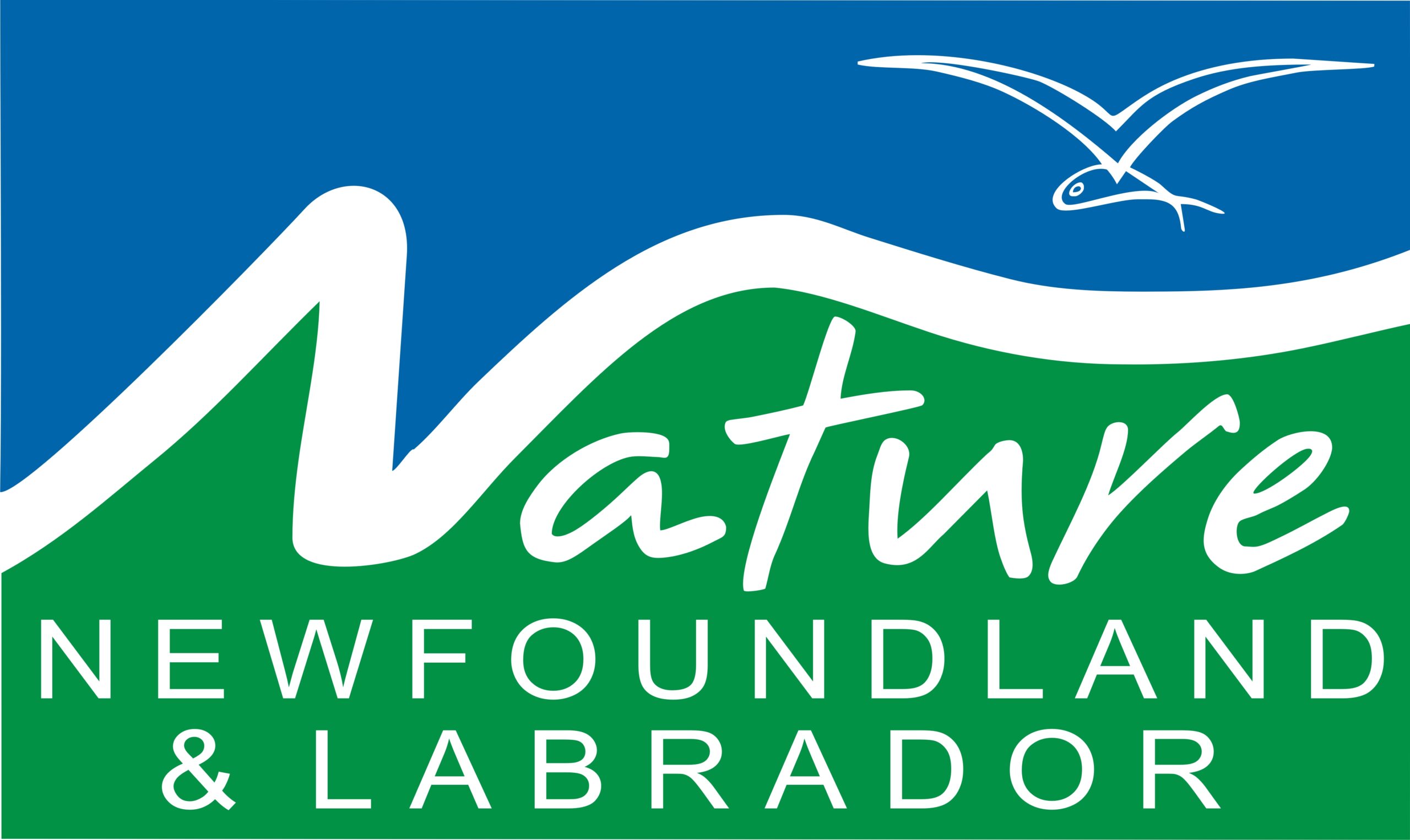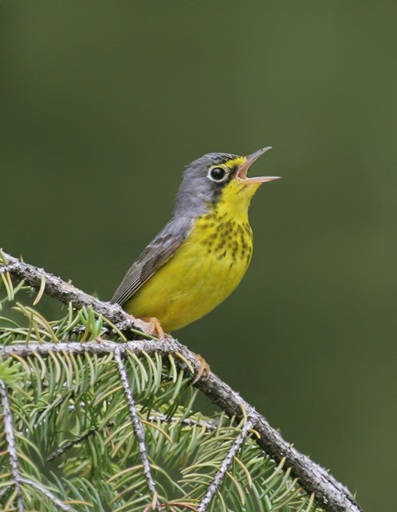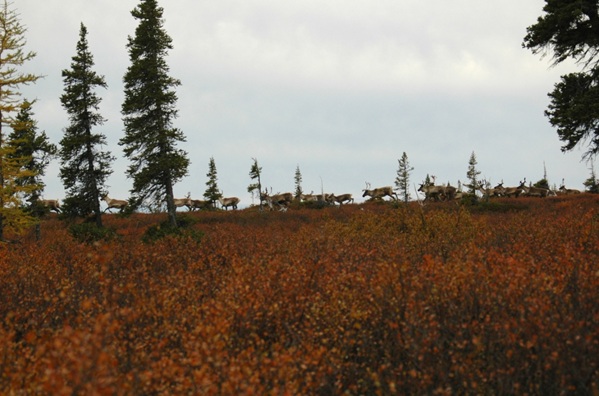by John D. Jacobs
Published in The Telegram – St. John’s, 20 August 2012
Latest reports indicate that the George River Caribou herd has declined to less than 4% of its 800,000 high of 40 years ago (http://www.releases.gov.nl.ca/releases/2012/env/0816n03.htm). Multiple causes are suggested, but experience across Canada’s boreal forest region has shown that woodland caribou populations do not do well when their range is under pressure from industrial development and associated infrastructure such as roads, pipelines and transmission-line corridors (www.borealcanada.ca/pr/07-13-2011-e.php). Labrador is in the midst of such a development boom, and this does not auger well for the recovery of any of its declining caribou populations.
A parallel situation is seen in a recently published study, The State of Canada’s Birds 2012, based on bird population data gathered by amateurs and scientists over the past 40 years (http://www.stateofcanadasbirds.org/). This report is timely and concerning, as much for what it tells us about our ever-changing environment as it does about the birds.
There are fewer birds in Canada now than there were in the 1970s. Some species have increased in numbers, but more species have decreased, some by as much as 90%. In the Eastern Boreal region, including Newfoundland and Labrador, overall bird numbers have dropped by 12 %, mostly among species that are found in shrubland and along the forest edge. However, forest songbird species have remained relatively stable where large areas of intact forest remain. Again, the message is that wildlife populations can survive if they have sufficient habitat.
The need for adequate habitat protection is recognized in the International Convention on Biodiversity, which Canada has signed (http://www.cbd.int/). By 2020, at least 17 % of our lands and inland waters and 10% of our coastal and marine areas are to be set aside and managed as ecological or biodiversity reserves. In this province, we are still far from achieving that goal, and so we continue to see a decline in our valued wildlife.
Across the boreal forest region of Canada, the forest products industry and conservation groups have reached an understanding on protecting intact boreal forest that is habitat for woodland caribou and boreal songbirds (http://www.canadianborealforestagreement.com/). Quebec and Ontario propose to set aside 50 % of their northern lands from development (http://www.plannord.gouv.qc.ca/). In Labrador, the Innu Nation is managing its forest lands with protection for areas of ecological and cultural importance, while the Labrador Inuit are proposing to protect a large area of Nunatsiavut that is calving area for the George River caribou. These are hopeful signs, but the pressure from large-scale mining and hydroelectric development is relentless.
Other hopeful signs are that Corner Brook Pulp and Paper is moving to a more ecosystem-based forest management policy as it attains Forest Stewardship Certification, and a new provincial forest management strategy scheduled to be released in 2013 should protect significant areas of intact old-growth forest remaining on the island part of our province (http://www.nr.gov.nl.ca/nr/forestry/sustainable_forest/index.html).
The Government of Newfoundland and Labrador already has a draft plan for a province-wide system of protected natural areas that are representative of our wildlife biodiversity (http://www.env.gov.nl.ca/env/parks/apa/pas/index.html). It now needs to make that plan public, carry out consultations, and complete our system of parks and ecological reserves.
What more fitting legacy could we leave future generations than that, in these times of relative prosperity, we managed to retain a healthy part of our wild areas and the wealth of nature they contain?



